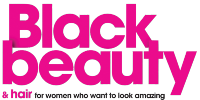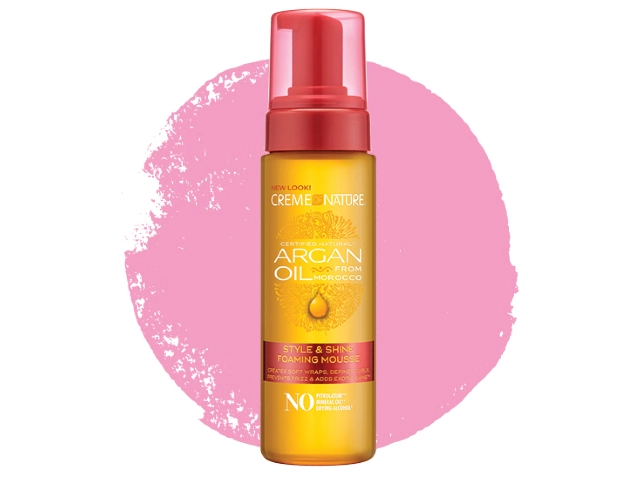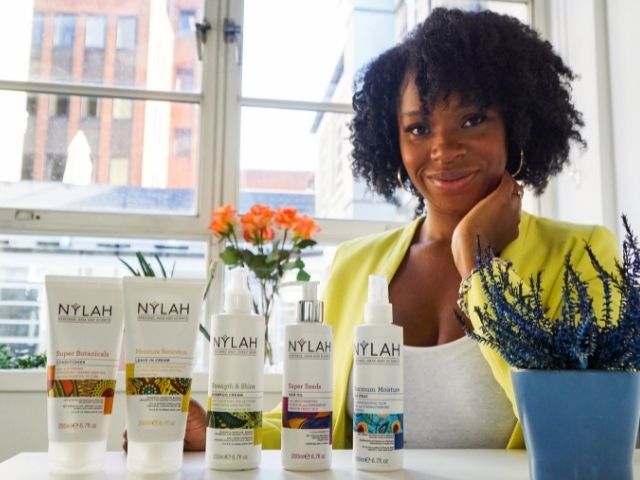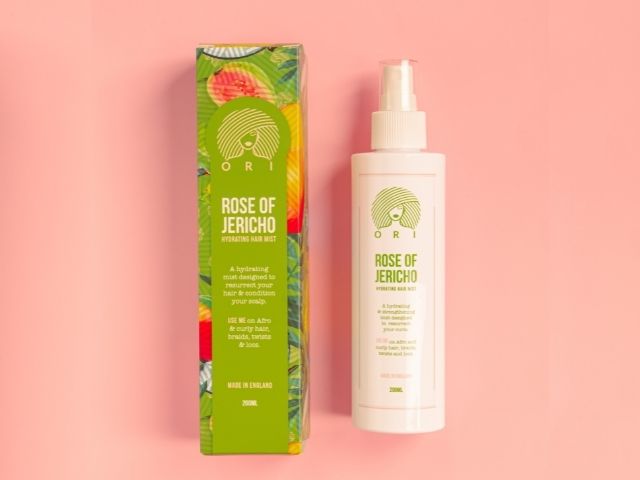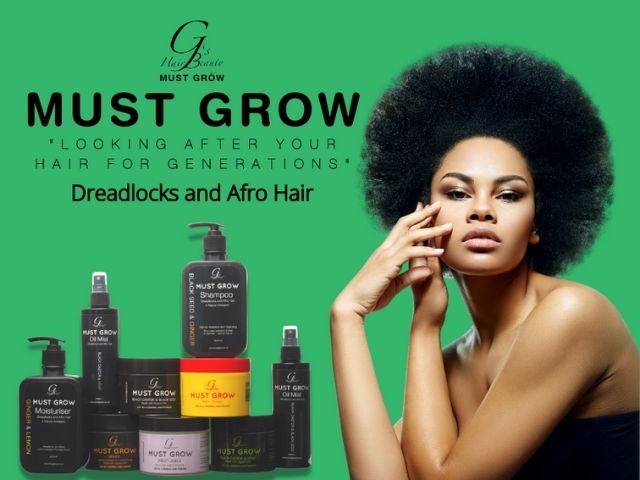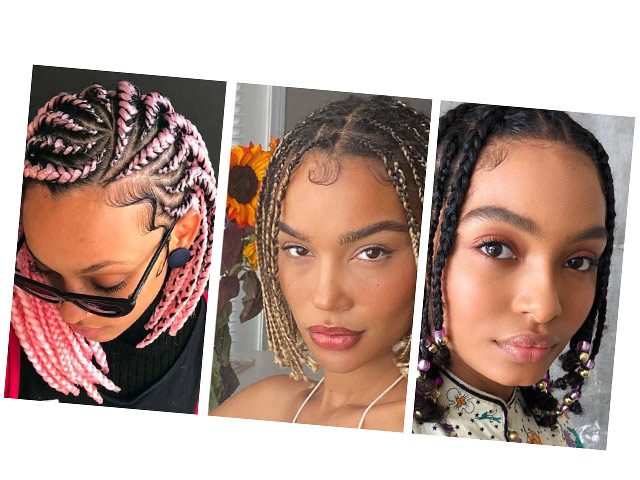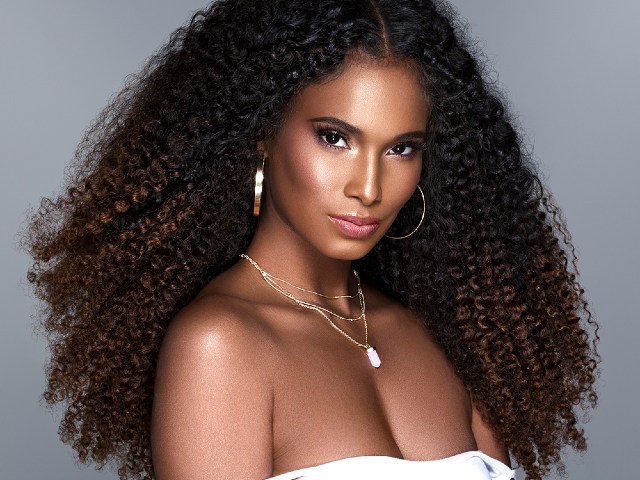Hairstory’s Curl Collective Masterclass was the first of a series of events specifically created for black and brown journalists, bloggers and influencers
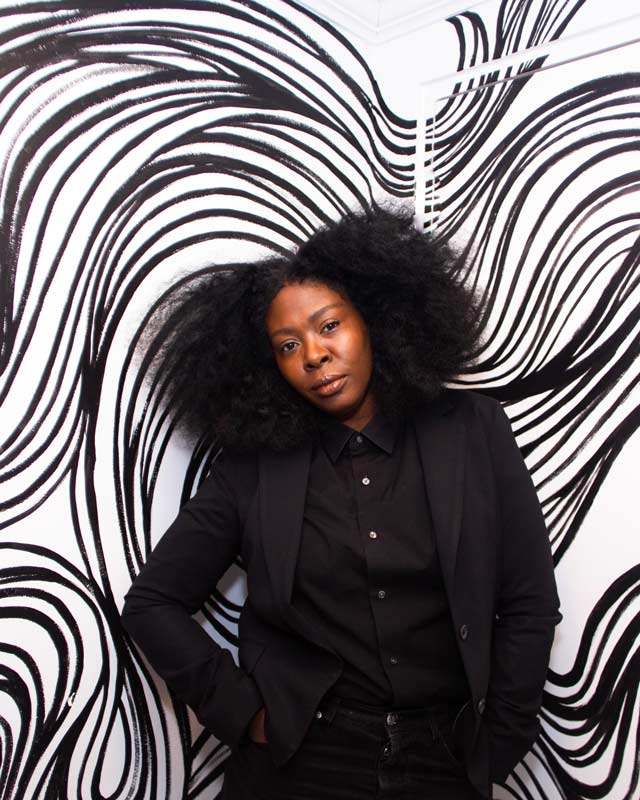
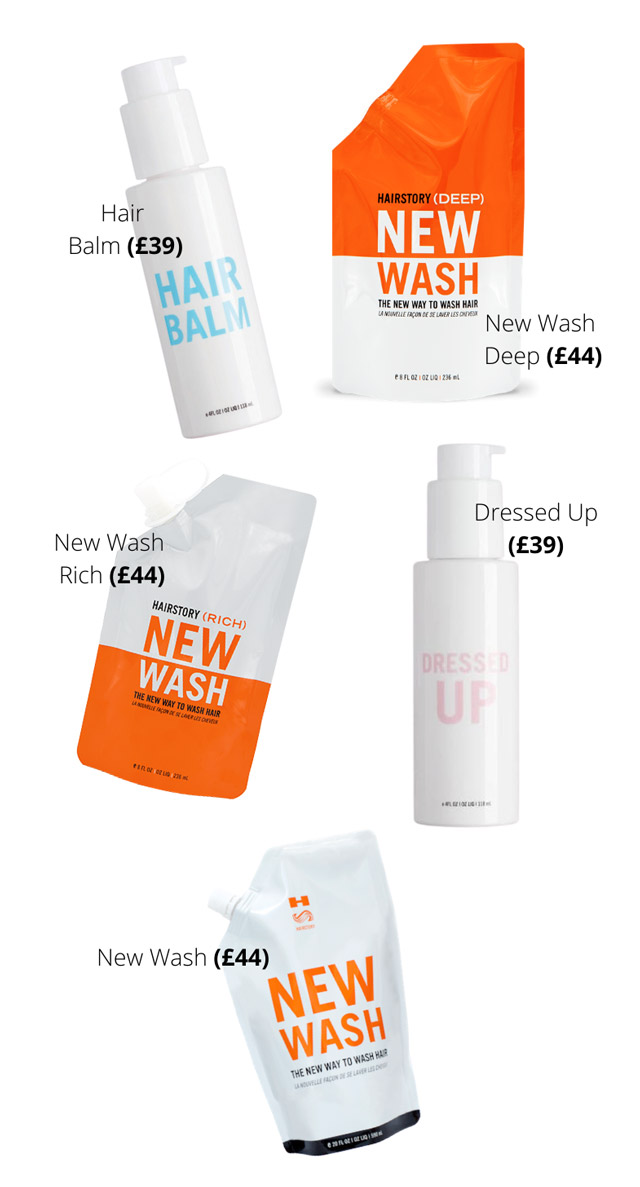
Hairstory, the brand best known for its detergent-free shampoo-alternative, ‘New Wash’ has always been inclusive. Like many beauty brands in the wake of the BLM protests, they reflected and thought hard about how best to support minority communities.
The brand prides itself on the fact that their products work on a multitude of hair textures, but they acknowledged that they could do better by showing support, educating and giving more attention to the black community. They recently reached out to Black and Brown journalists, bloggers and influencers by hosting one the first of a series of events specifically talking about Hairstory and how to use it on afro-textured hair.
We were joined by Hairstory’s product developer Jackie Bauer, who gave us the background to the products ingredients formulation. While natural hair specialist Jennifer Covington Bowers @pincurlsandpaint (left) was on hand to work through a series of common questions posed by us in relation to textured hair…
How would you treat thinning hair?
To treat thinning hair, you must first identify the cause – so many factors affect our hair including things like our diet and you might not automatically link the two but it’s worth remembering inside out health. As a stylist I can recommend products that make your hair appear fuller or even styles that camouflage thinning hair, but this is a temporary solution. A trichologist that specialises in hair and scalp disorders can help identify the root cause, but it’s also worth exploring the products you are using, as these can contribute to hair loss/thinning hair.
Hairstory’s product developer Jackie Bauer adds:
Damage to the hair and scalp can also be the result of years of detergent overuse. The shampoo/conditioner regimen becomes a viscous cycle that can wreak havoc on our hair’s ecosystem: stripping, drying, over-cleaning, irritating and then band-aiding with conditioners and masques filled with silicone. Our scalp (which is still skin after-all) and our hair can only take so much abuse before it retaliates and for some that can be in the form of breakage, thinning and even hair loss. To combat this, it is best to use a detergent-free cleanser like Hairstory New Wash which contains essential oils and natural ingredients and is formulated to be gentle on both the hair and scalp and keep your natural oils and hair ecosystem healthy and intact.
What’s the best way to cut natural hair? Wet or dry?
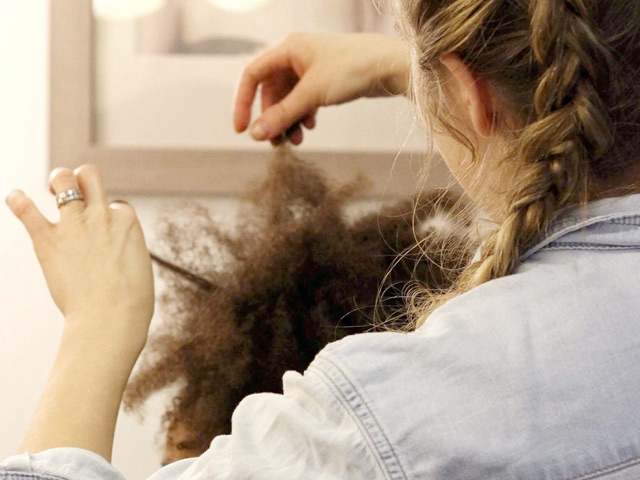
As a creative, I’m not into labelling one way ‘best’ over another and every stylist has a technique that works for them. Personally, when I have a consultation with my client, I find out if they like to wear their hair curly or if they opt for a silk-press blowout and I determine what method is going to work in their favour from this. My preference tends to be dry-cutting on curly hair but the consultation is key – I need to hear the client’s hair needs and just because I’m working with curly hair, it doesn’t automatically determine a dry cut. Shape is everything.
What’s the best way to keep natural hair moisturised?
I like a reactivation spray and I also recommend Hairstory Hair Balm, applied to dry or damp hair which helps to seal in moisture and reactivate the curl.
I want my curls to look more defined. I use the LCO method and use a Denman brush for definition, is there anything else I can do for better definition? I have 3B/3C hair with a more dry/afro texture.
I love LCO – Liquid. Cream. Oil. I’d suggest trying a gel to add some definition and decrease frizz. For a looser curl, add a bit of Hairstory Dressed Up – a blow-drying lotion which also has thermal protection.
What are your three must-have products for curly hair?
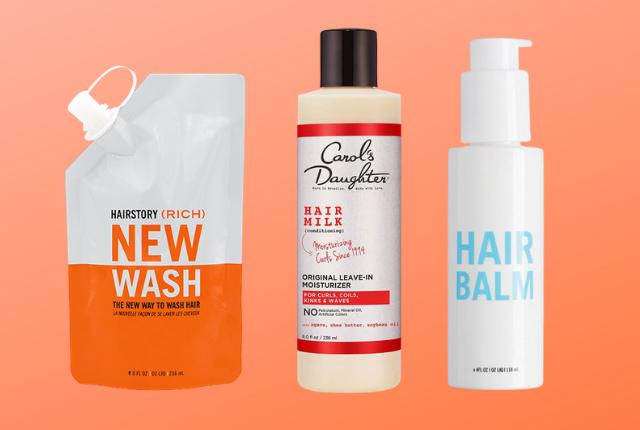
I’m lucky that I get to experiment with so many products and truth be told, there isn’t a universal recommendation but a few of my favourites include; Hairstory New Wash (Rich), Carol’s Daughter’s Hair Milk (an oldie but goodie!) and Hair Balm.
What questions should I be asking my stylist before colouring?
The most important question is; “Are you experienced with textured hair?”. This is vital because textured hair reflects the light differently, so colour placement is everything. They can be a fantastic colourist but if they don’t have experience in placing this colour on textured hair, it’s not promising.
How often do you recommend washing your hair/roots while your hair is in a protective style? And which Hairstory product would you suggest for this use particularly?
I’d recommend that you cleanse your scalp every other week with New Wash and dilute this in a bottle with water.
Which conditioner from Hairstory would you pair with ‘New Wash’ especially for dry hair?
Amika Soulfood is a product that I love, alongside Hair Balm, which is my go-to style refresher for dry hair.
How often should natural hair be washed and conditioned?
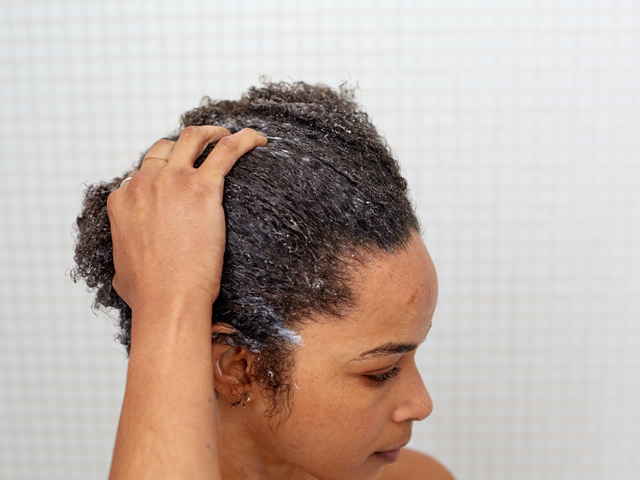
Wash weekly with New Wash (Rich) which provides extra conditioning for moisture-challenged hair and then, if desired, every two weeks with New Wash (Deep) which is formulated with apple cider vinegar and argan oil to remove build up and give a deeper cleanse without the stripping.
My tightly coiled hair is locced and I have a fear of product build-up because my meshed hair traps product. Any tips for loc wearers using New Wash?
Create a bespoke product by diluting New Wash with water and focus only on the scalp. If a deeper clean is needed you can also dilute New Wash (Deep) with water and apply to the scalp.
